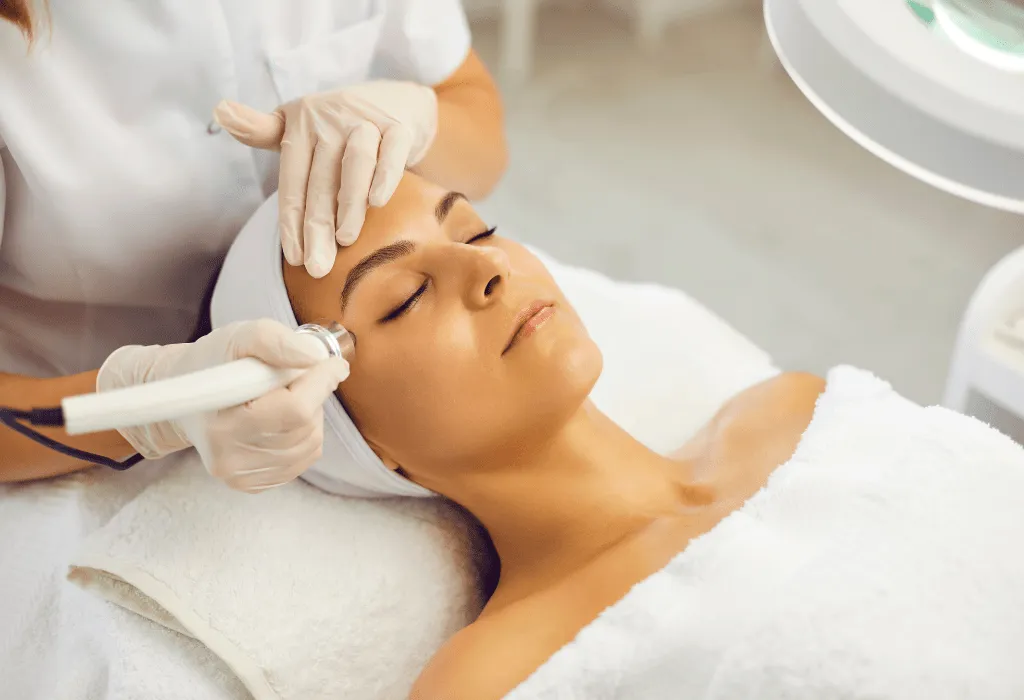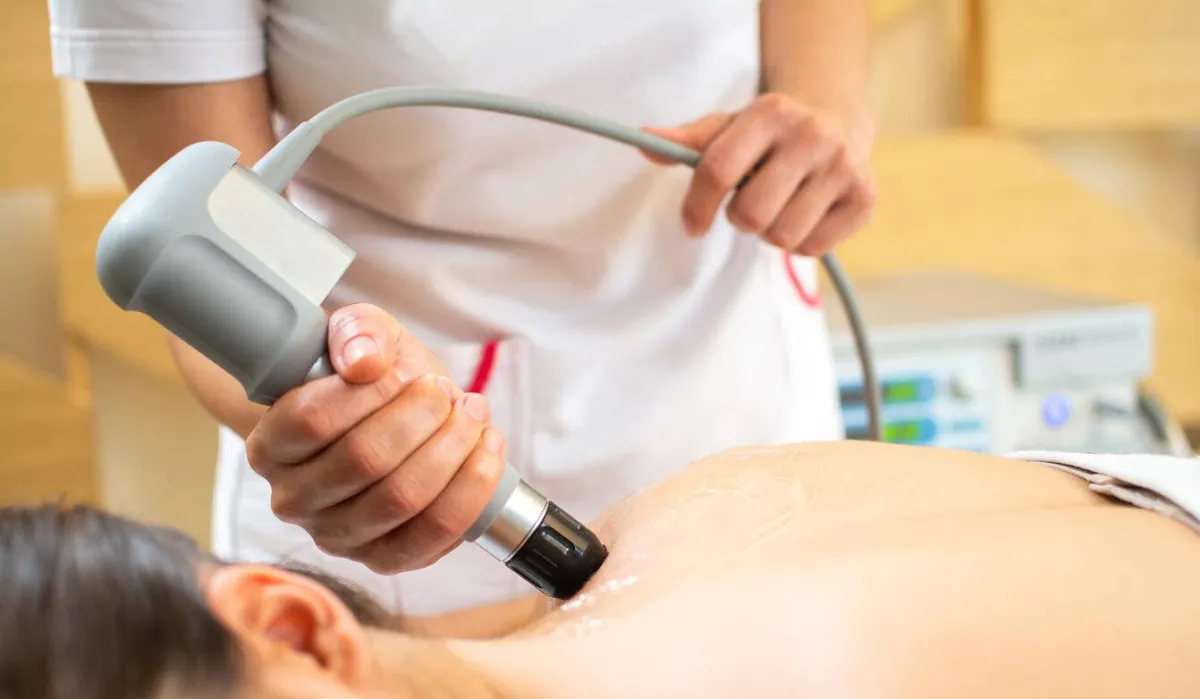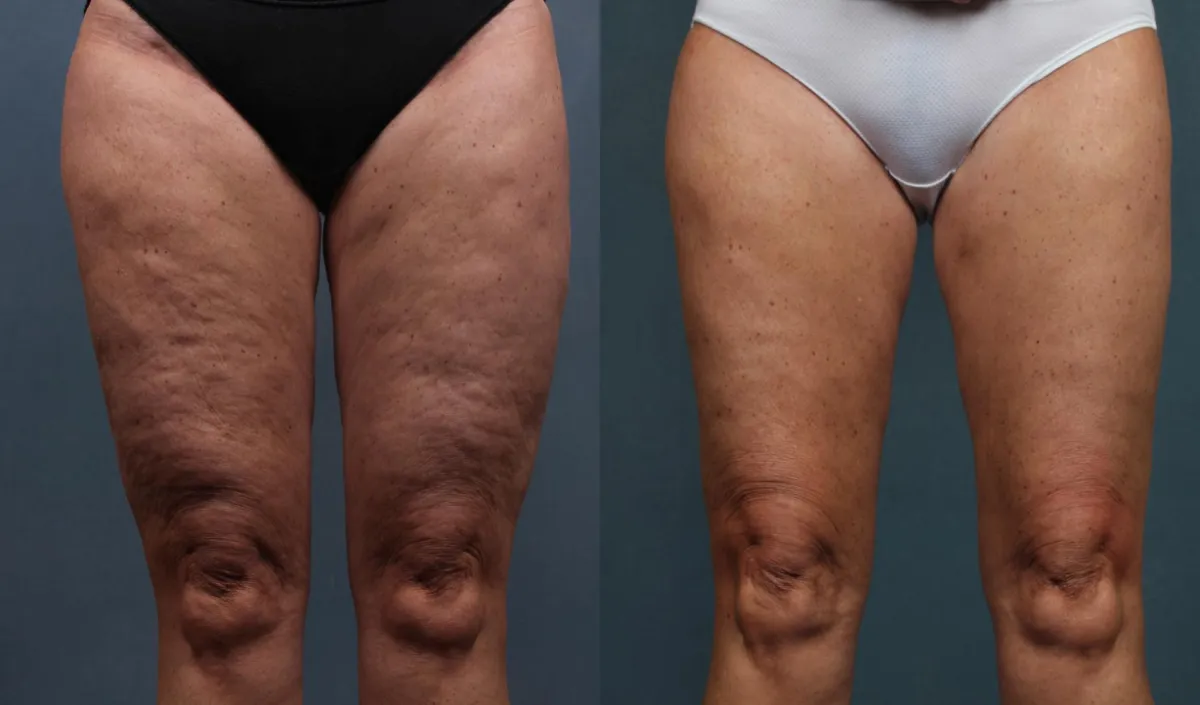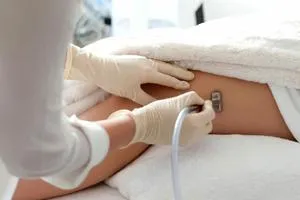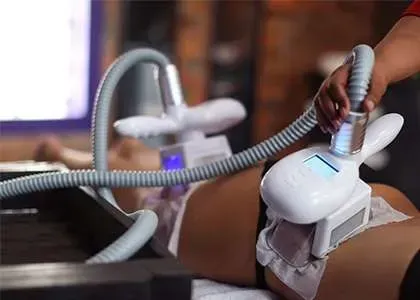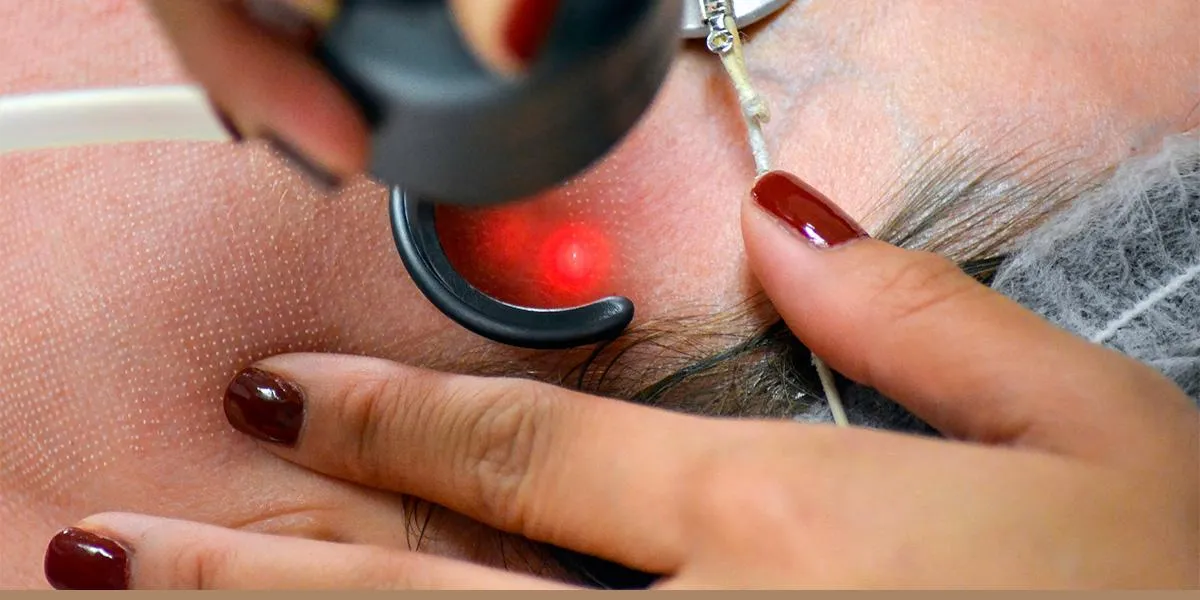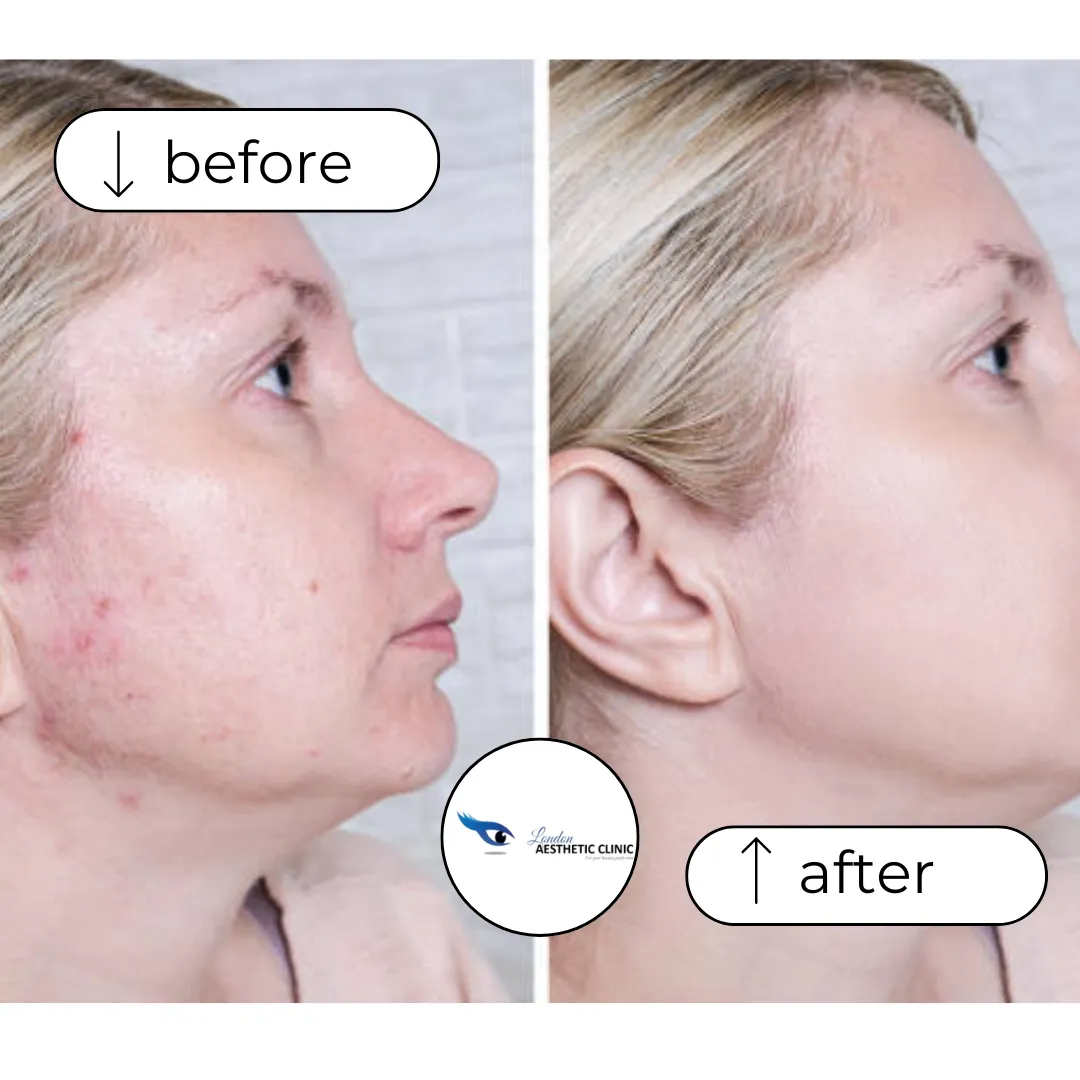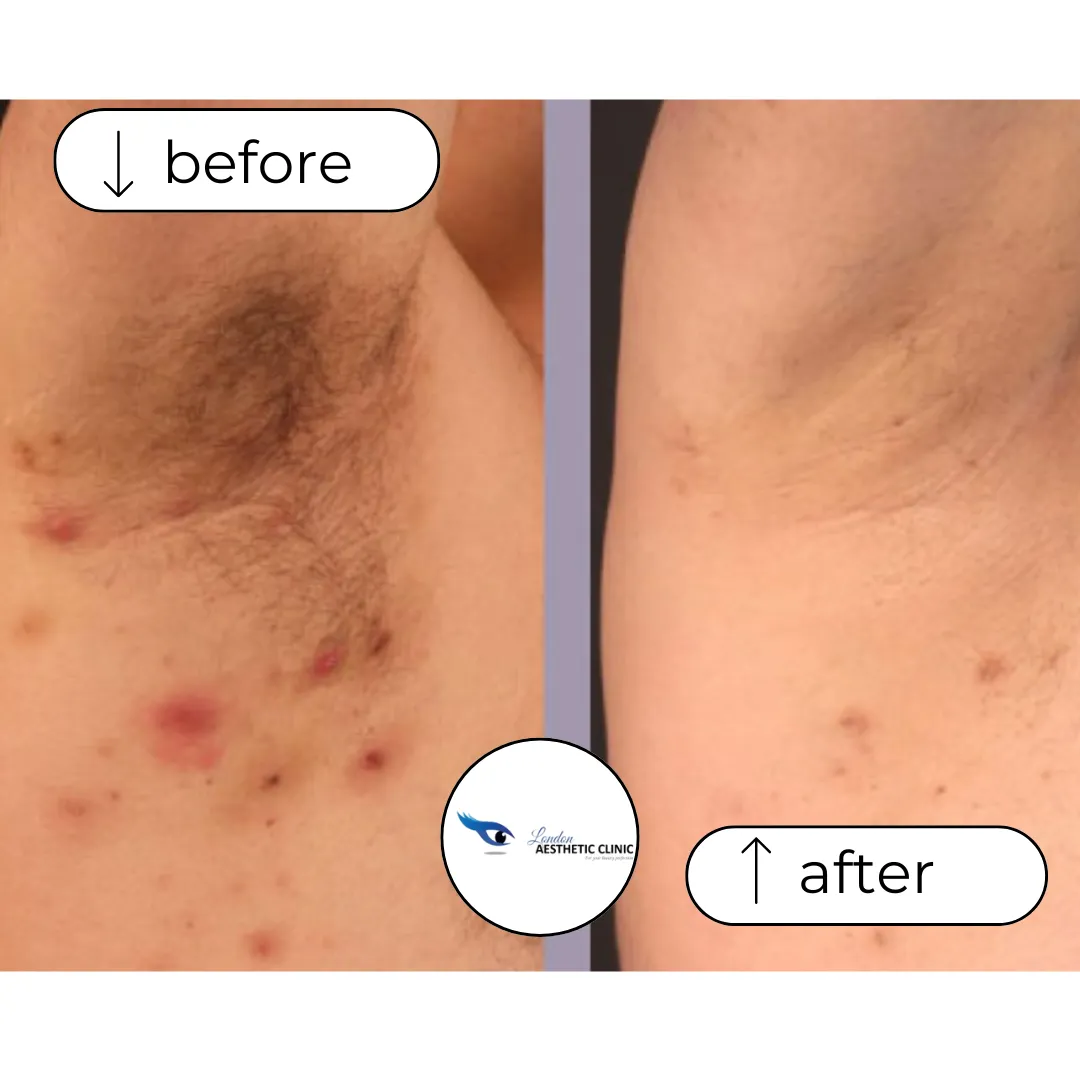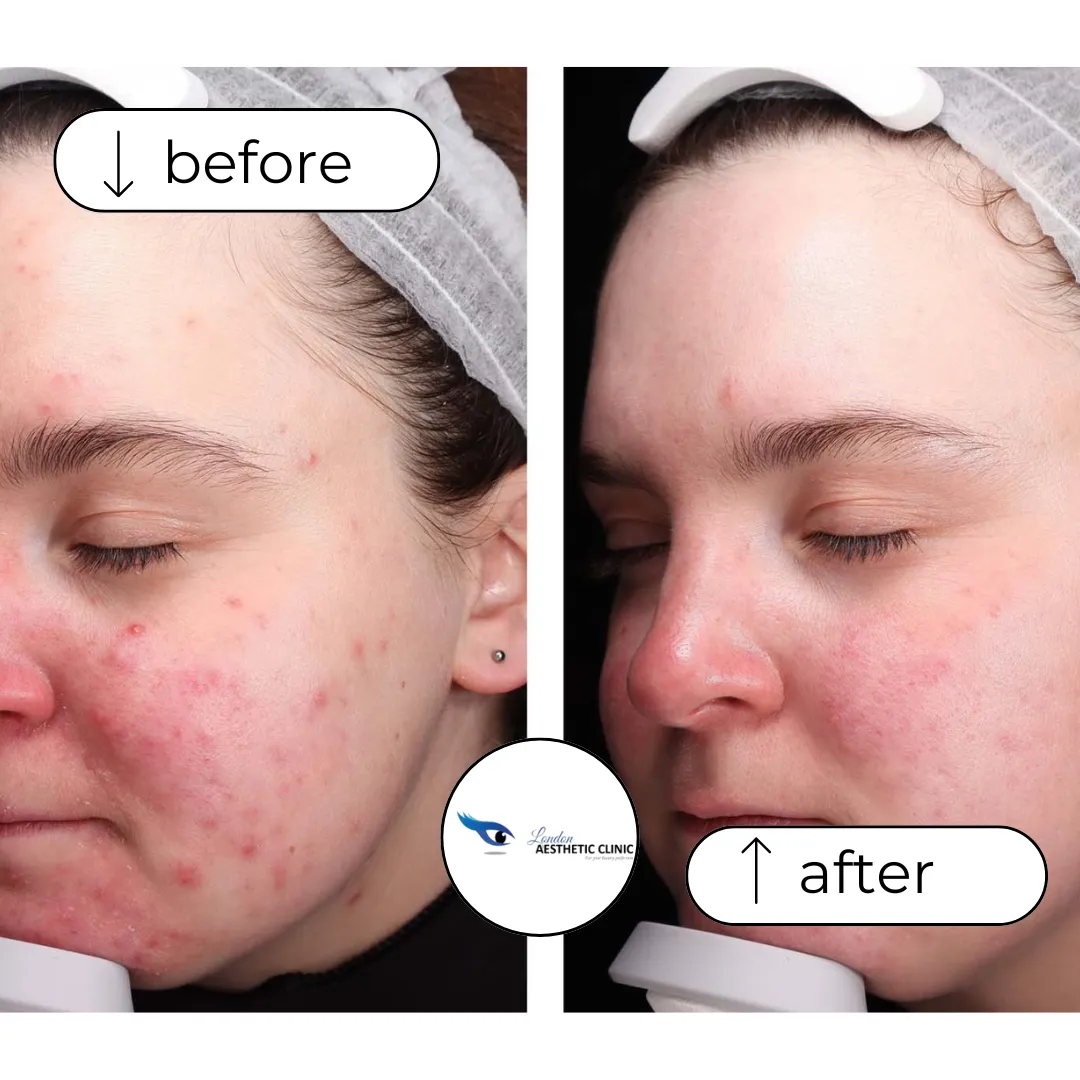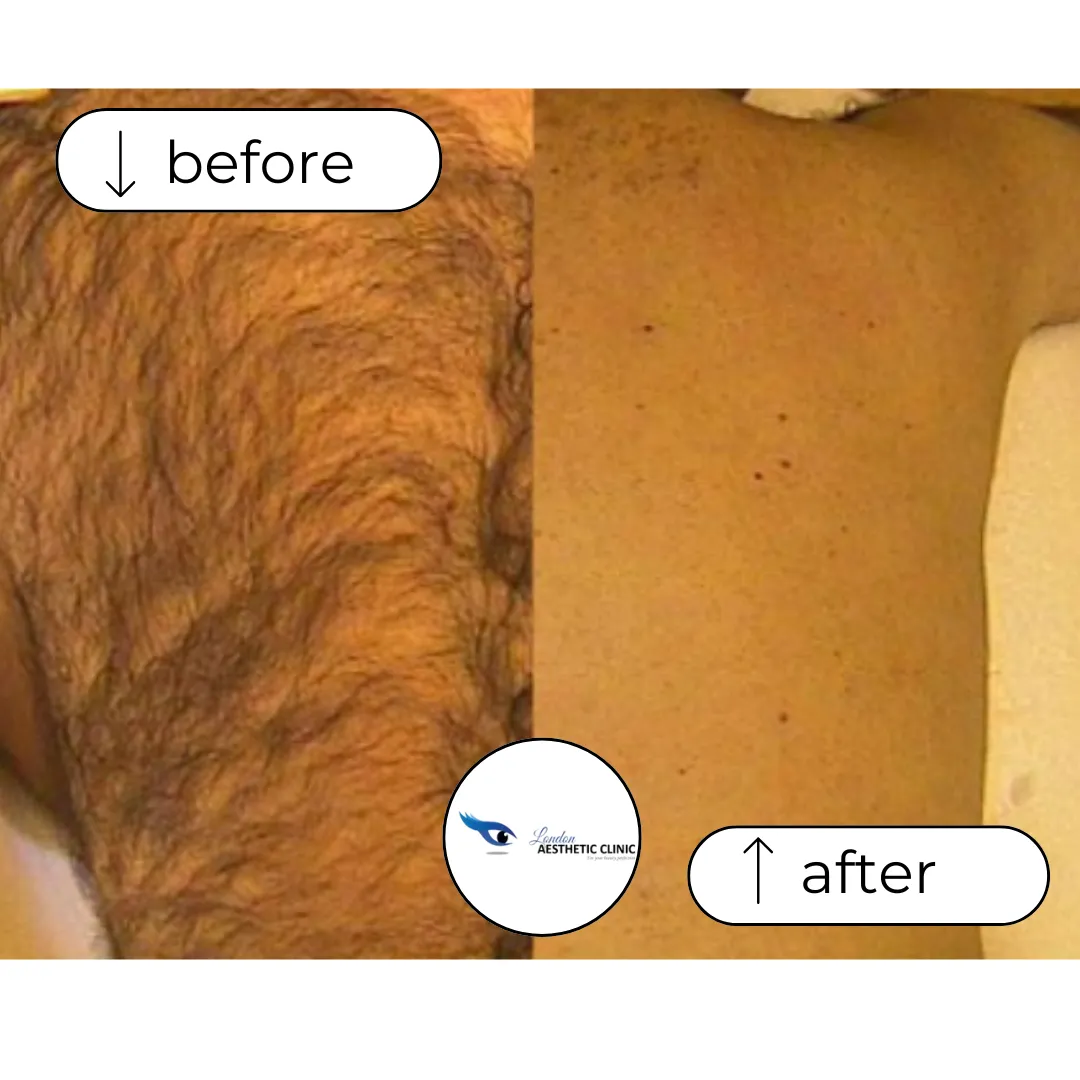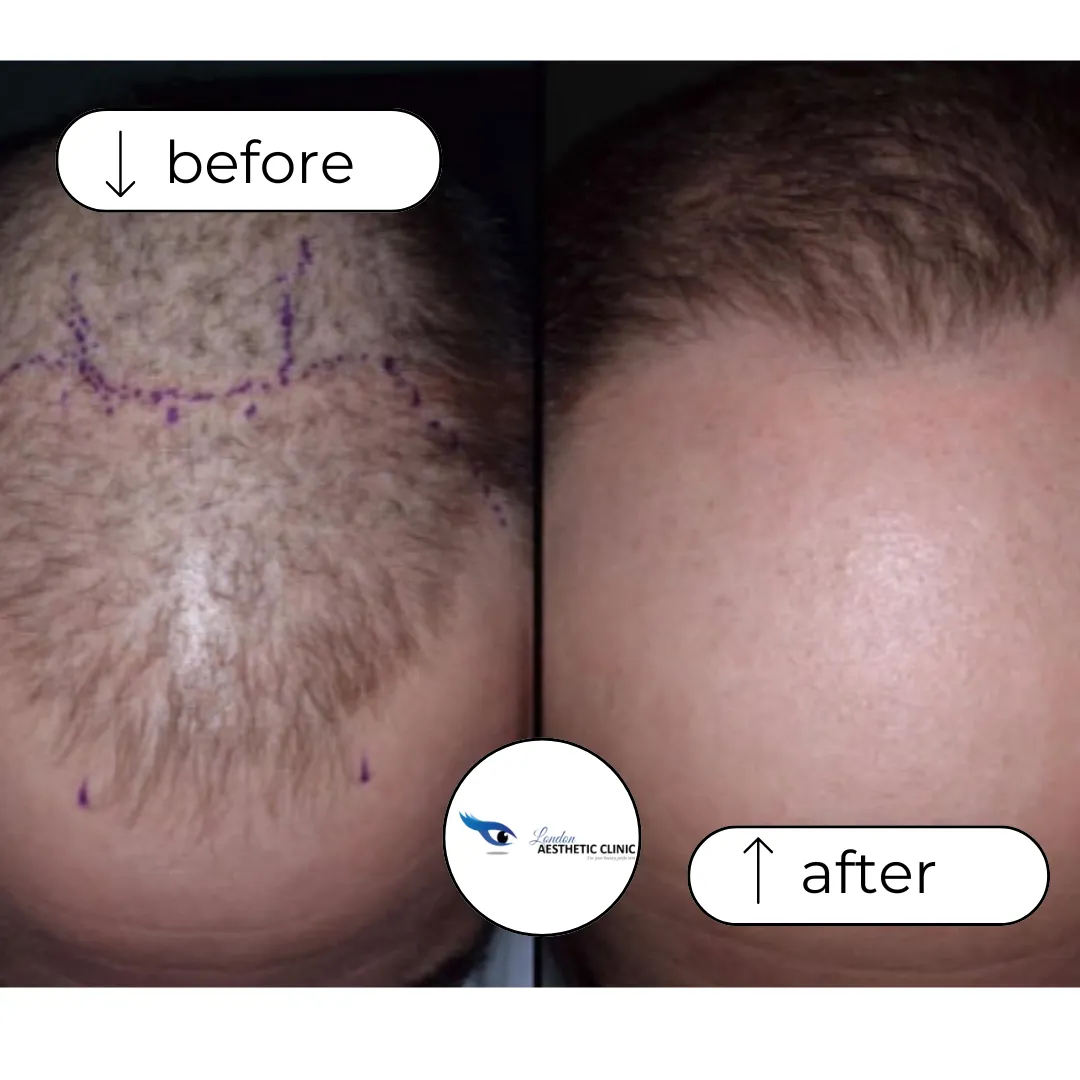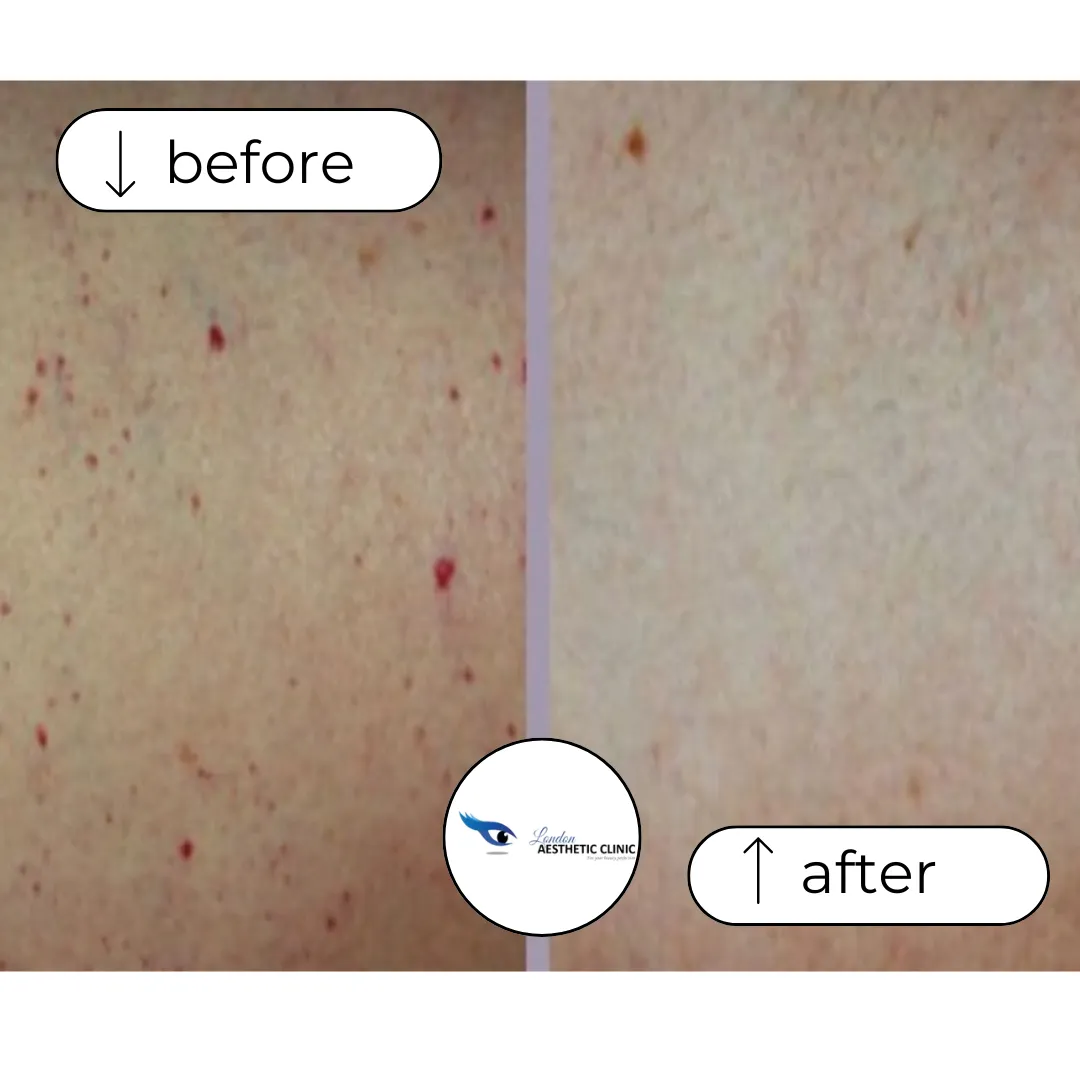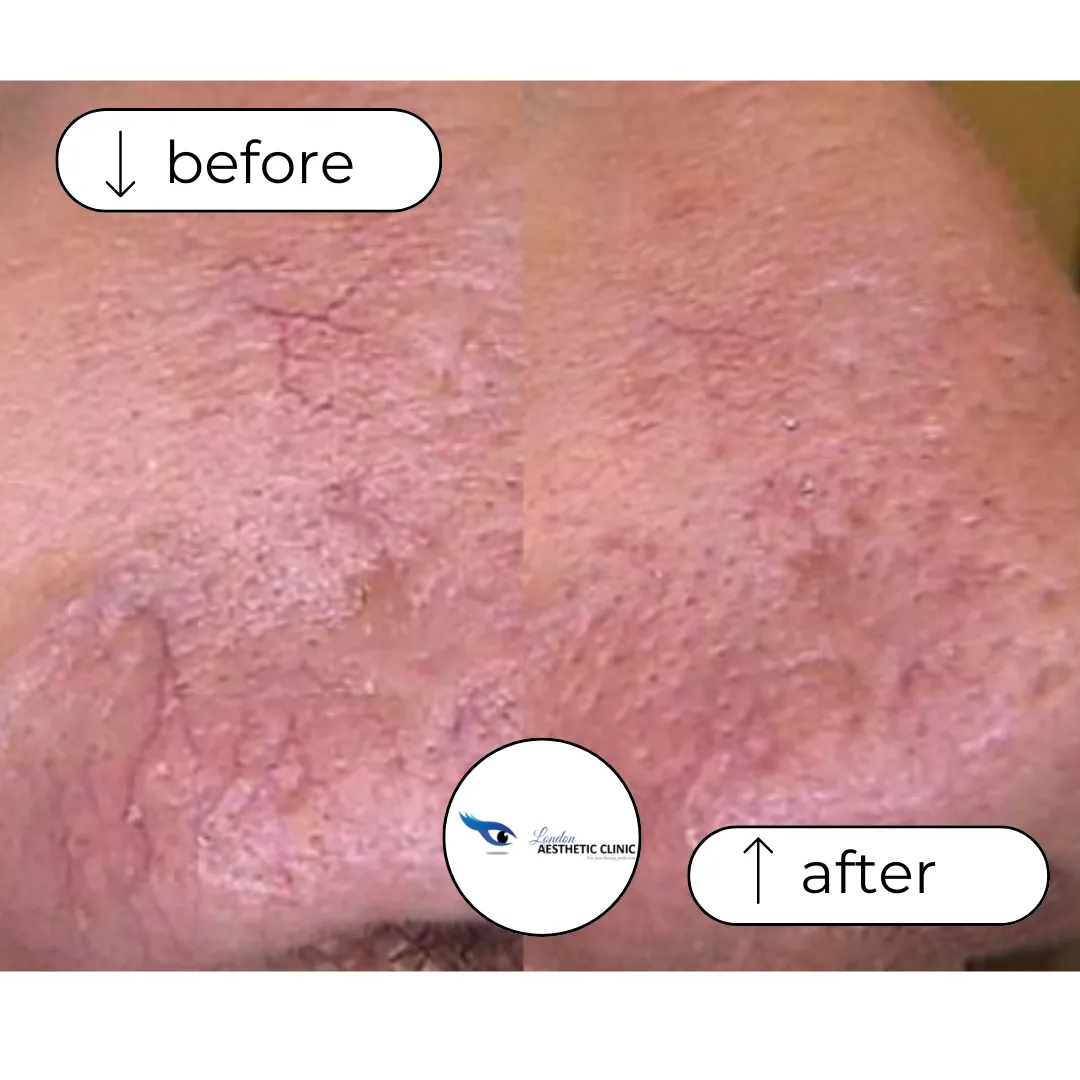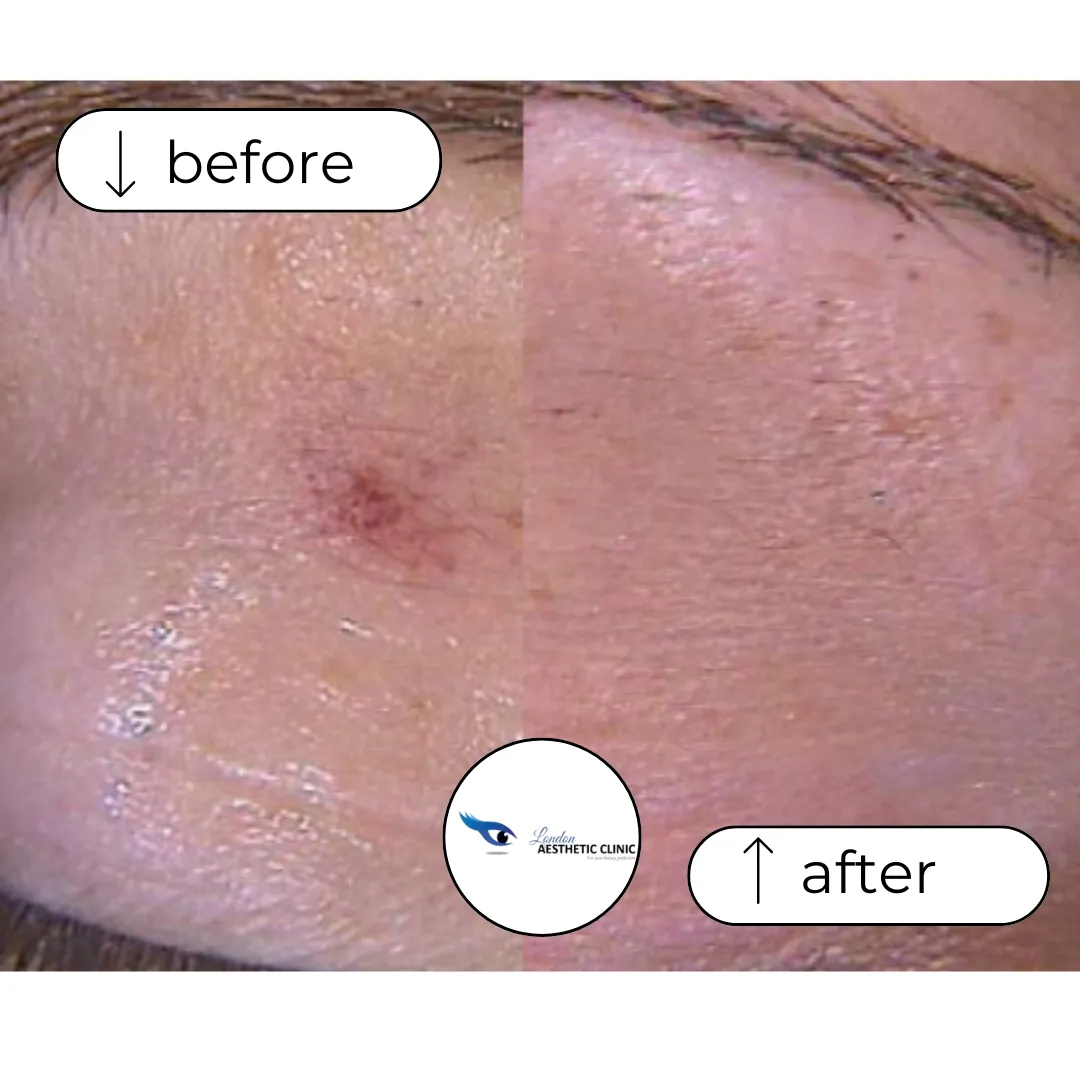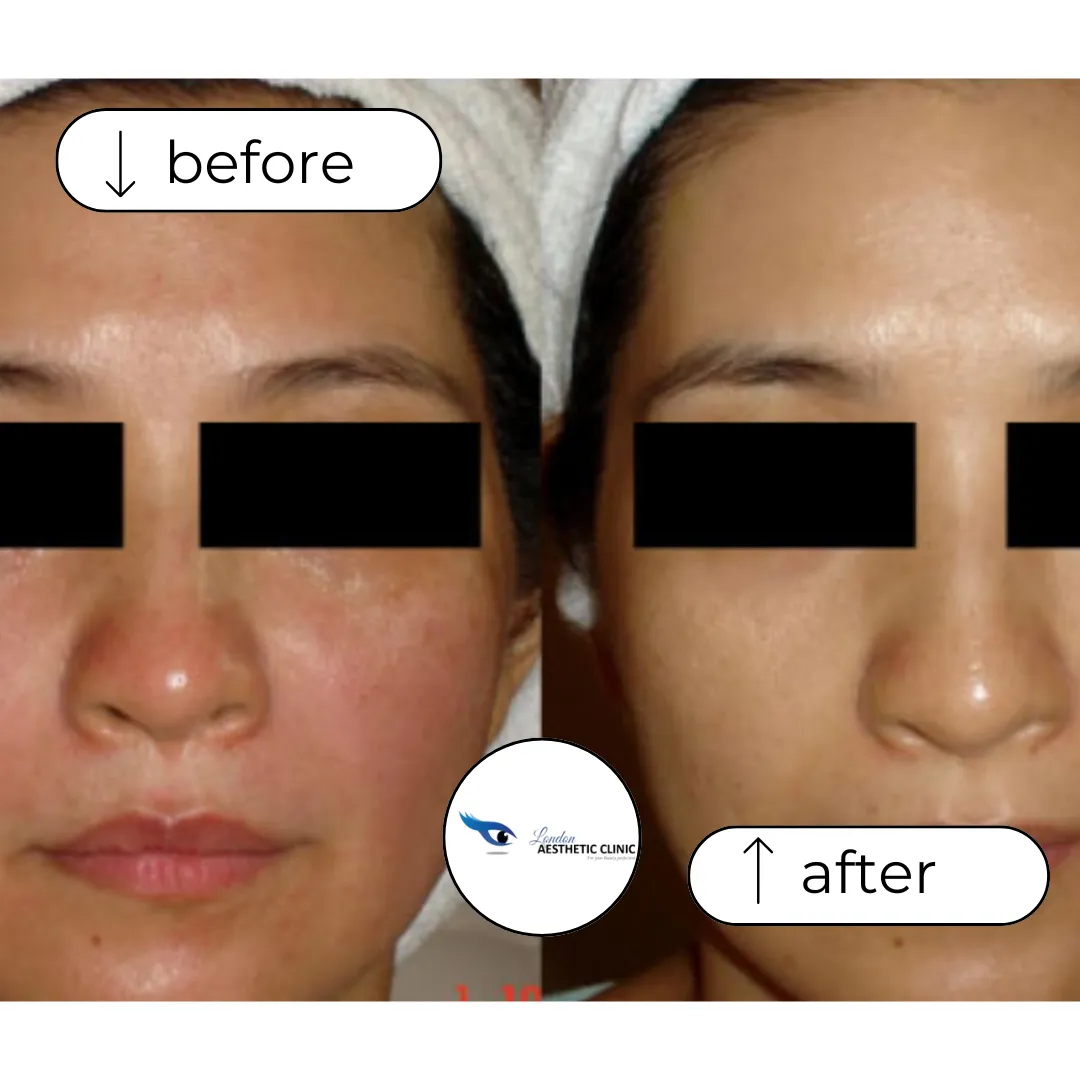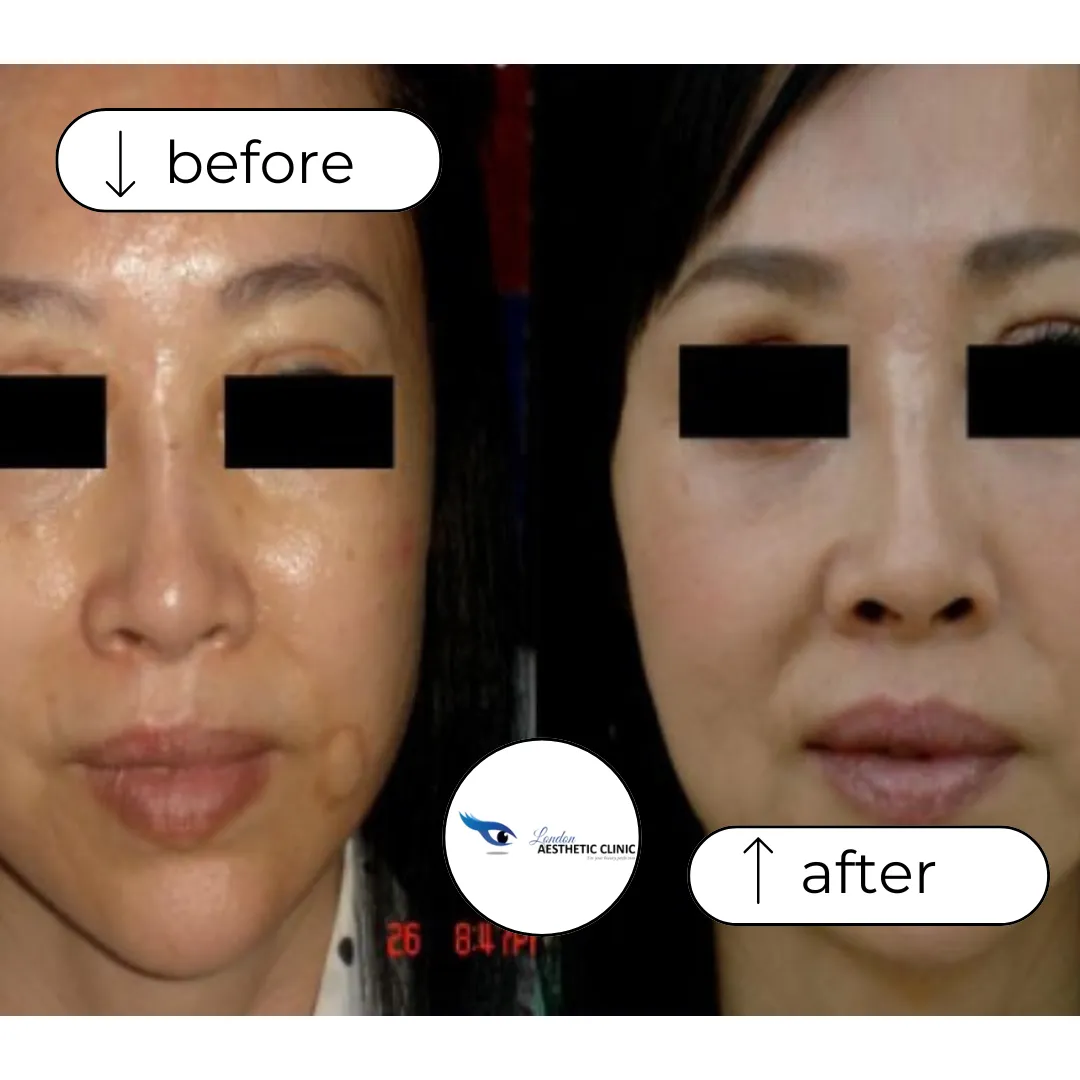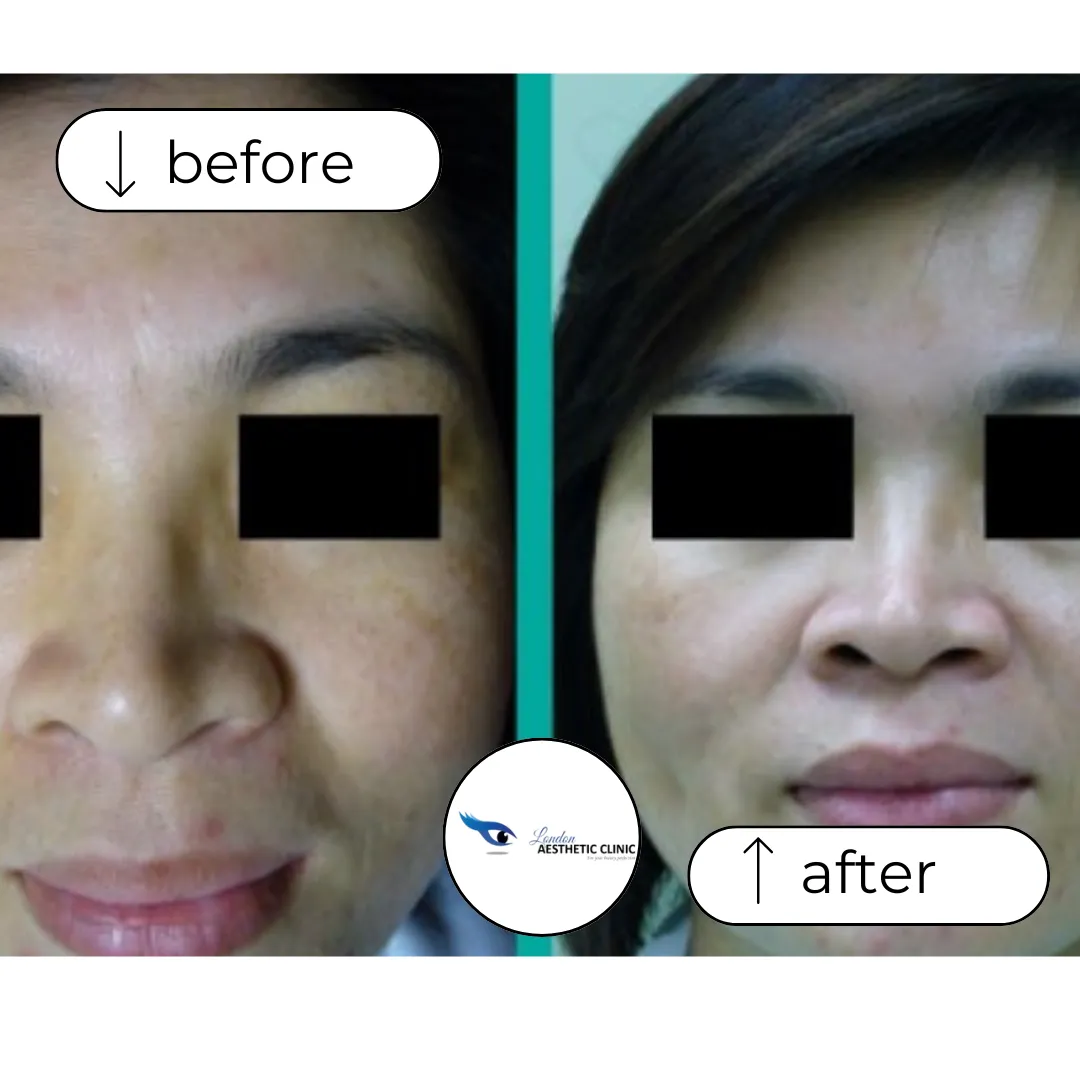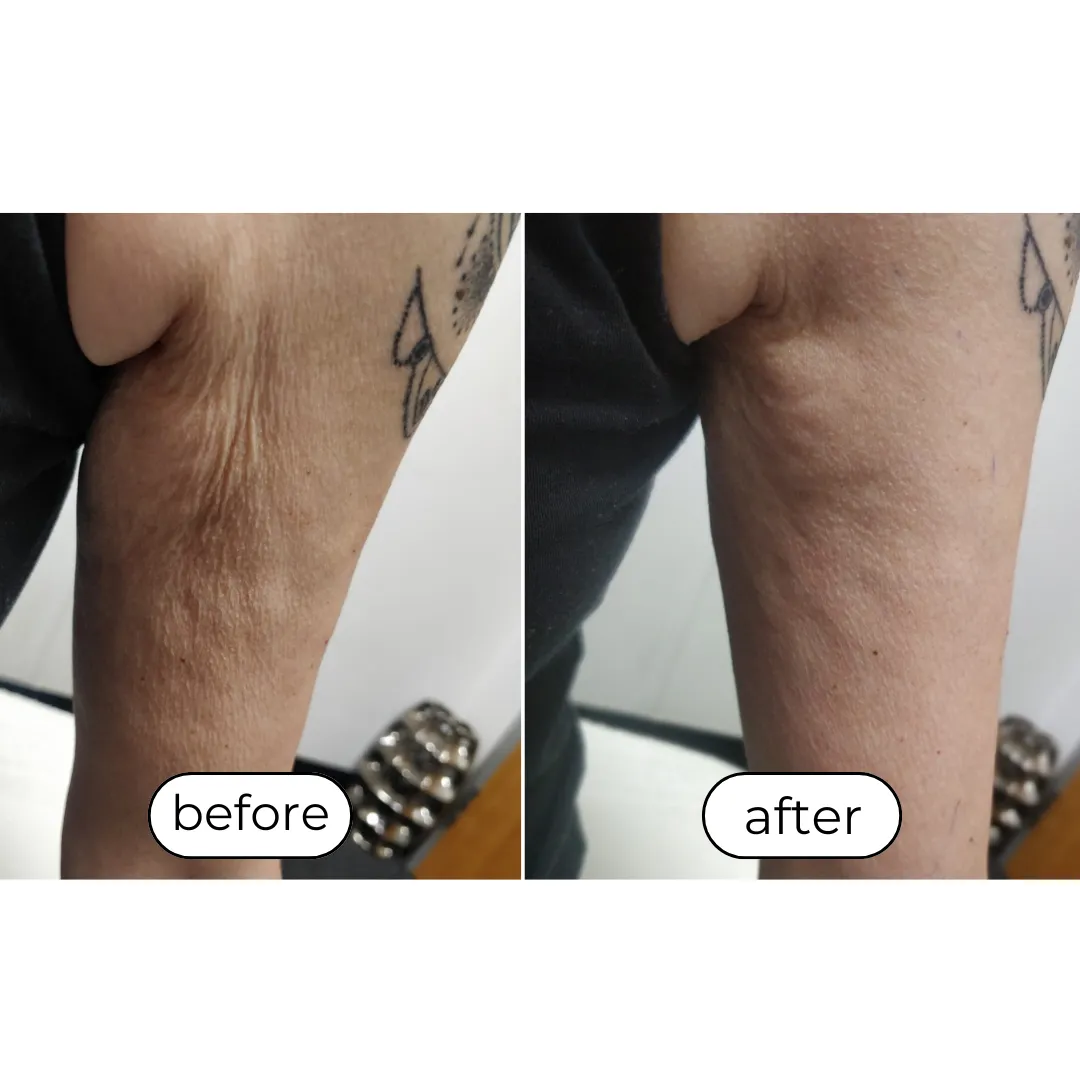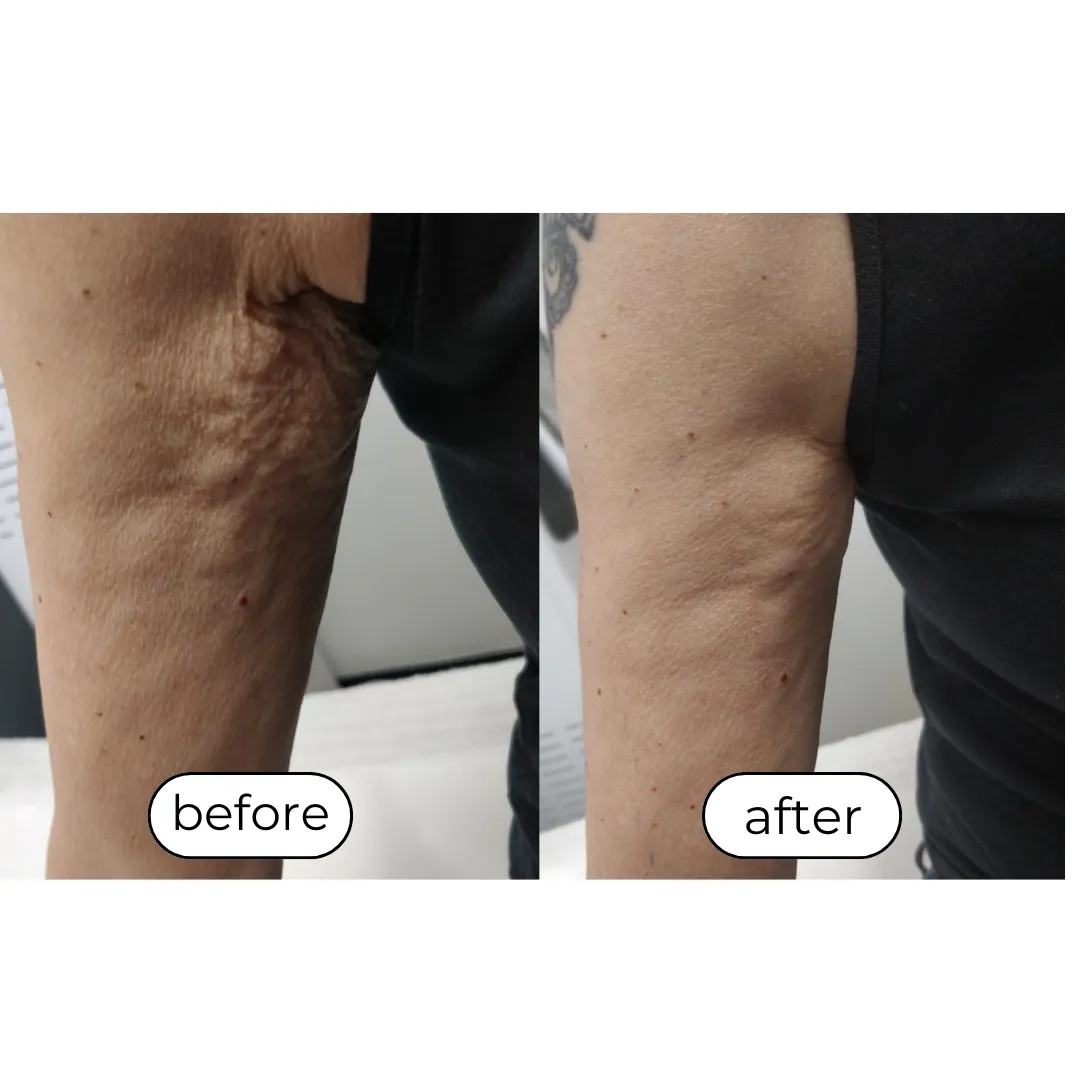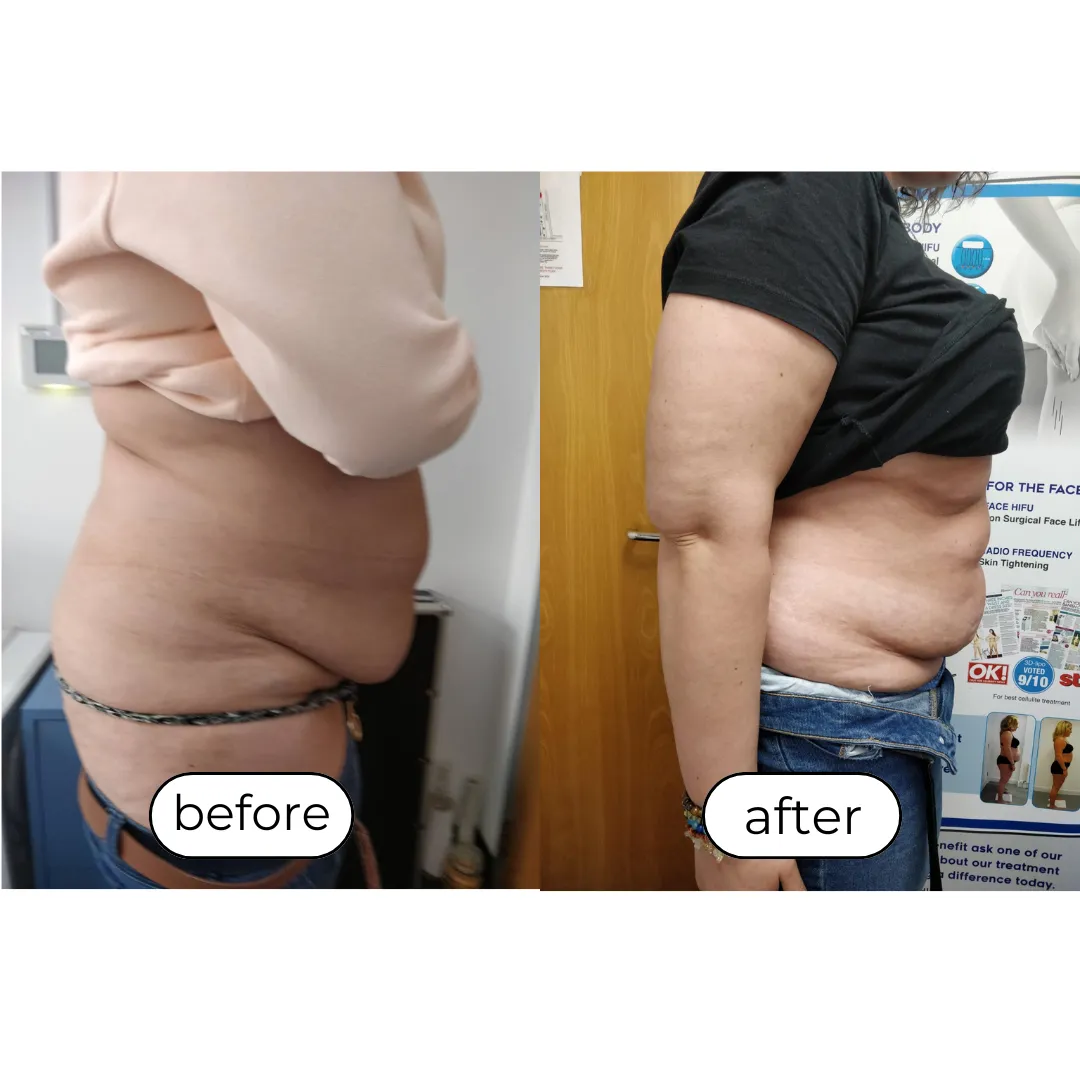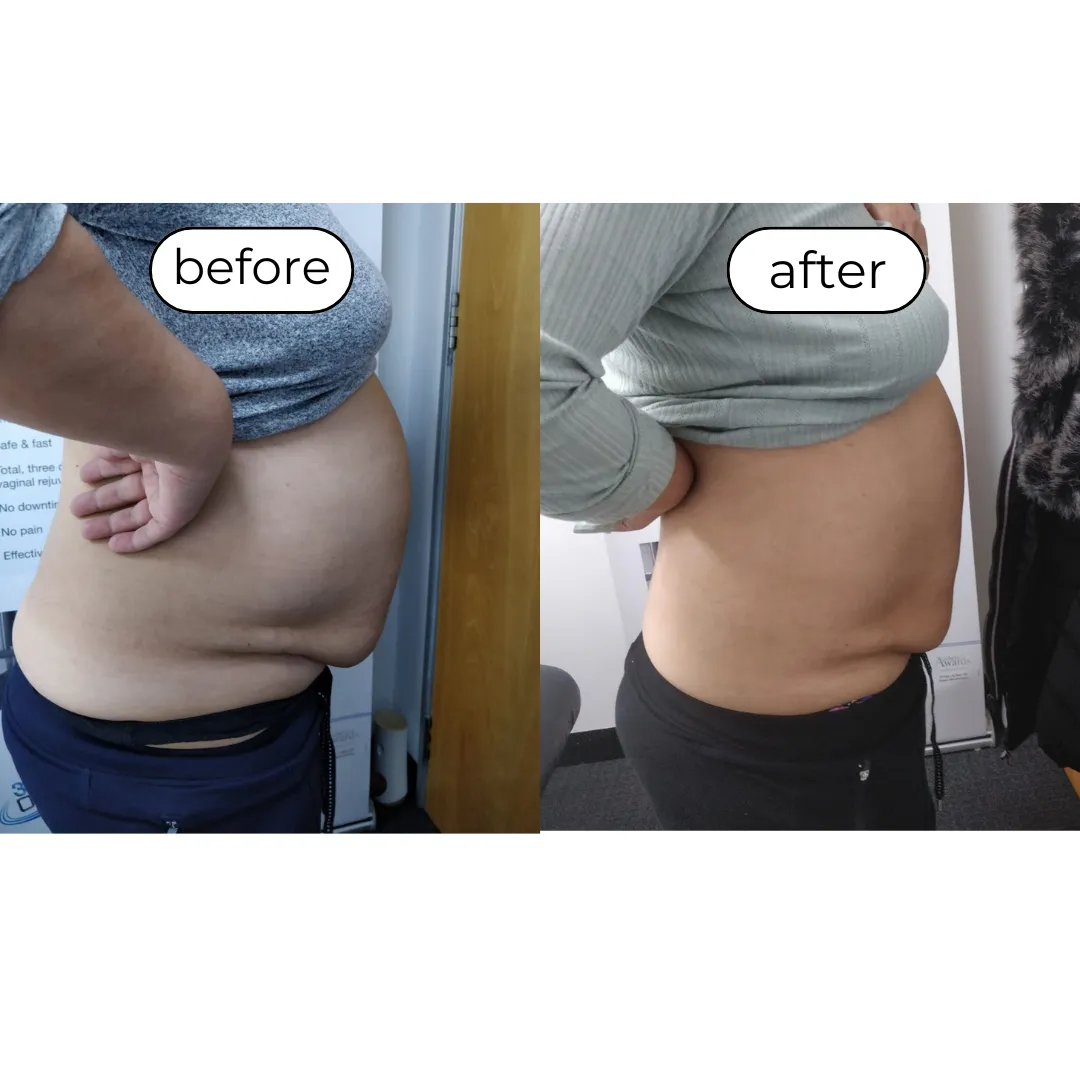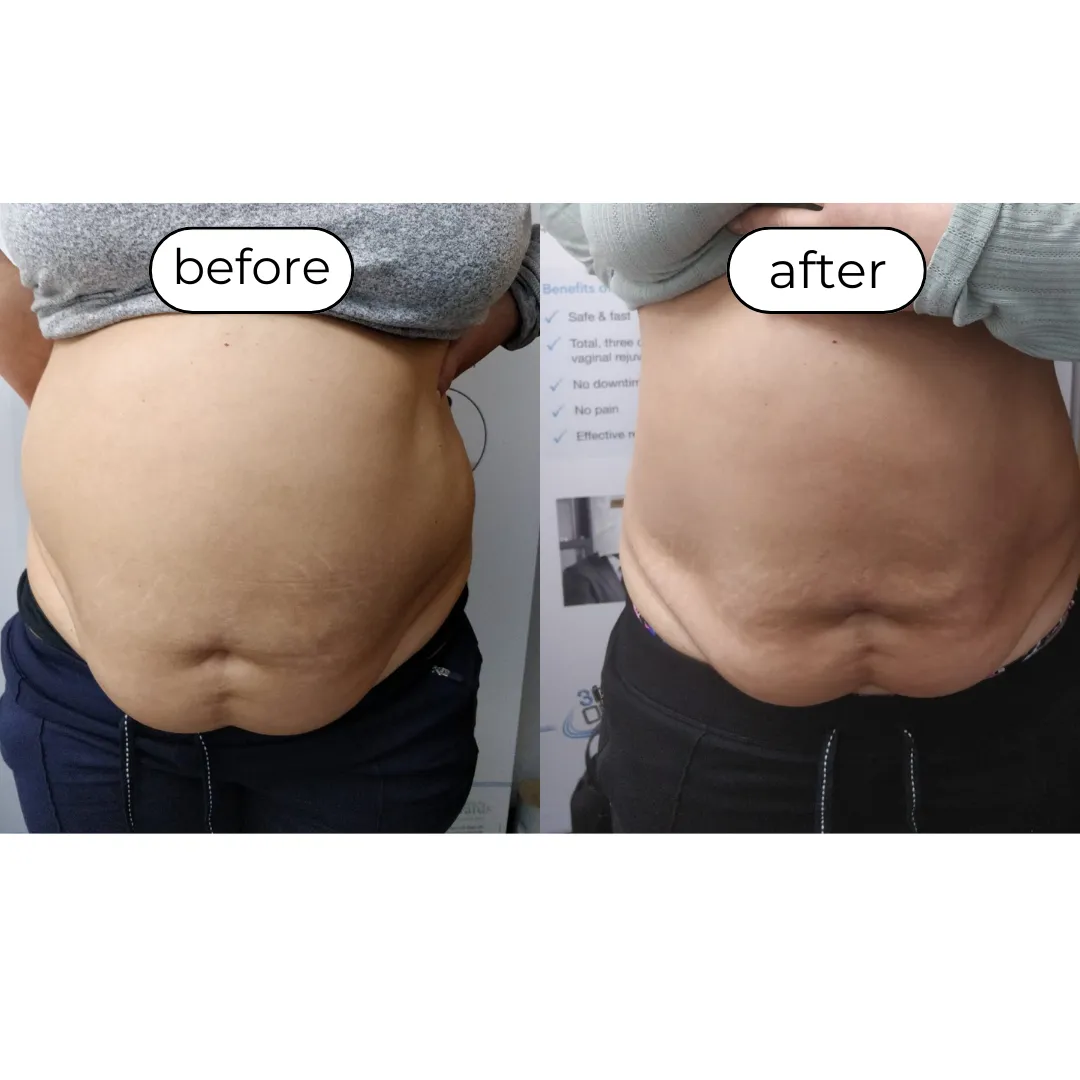
Welcome To London Aesthetic Clinic
London Aesthetic Clinic provides free consultation, competitive prices and the most comprehensive care of any clinic in London.
We always invest in new treatments for better long-lasting results. We are determined to be at the forefront of technology.
We understand that everybody is different. We tailor treatment plans for each individual to achieve maximum results in minimal time and money.
Our practitioners have over 15 years experience in aesthetic treatment.
OPENING HOURS
Mon–Fri
10:00 am–7:00pm
Saturday
11:00am–4:30pm
Sunday
CLOSED
APPOINTMENTS
Booking an appointment at London Aesthetic Clinic is easy and convenient. Our expert team is here to provide personalised treatments tailored to your unique needs. Click here to schedule your session and start your journey to a more radiant, confident you.
LOCATION & CONTACT
222 Whitechapel Rd, London E1 1BJ
Visit us!
07400 604953
Call us!

ALL KINDS OF TREATMENTS
At London Aesthetic Clinic, we offer a comprehensive range of treatments tailored to meet your unique beauty and wellness needs. Each service is designed to deliver exceptional results, ensuring you leave our spa feeling revitalised, confident, and radiant.
WHAT MAKES US DIFFERENT

Modern Equipment
State-of-the-art technology ensures the highest quality treatments for optimal results and unparalleled skincare and wellness experiences.
Qualified Staff
Our highly trained and certified professionals provide expert care, ensuring safe and effective treatments for every client.
Effective Results
Experience transformative results with our proven treatments, designed to deliver noticeable improvements and enhance your natural beauty.
Gallery

At London Aesthetic Clinic we will always aim to give the results our clients pay for. Our experienced staff understands that each individual is different, which is why we are able to get the most out of every treatment. With our team of experts, we are able to provide comprehensive care tailored to every individual helping us reach our aim and our client’s demands.
Acne Treatment (2 sessions)
Hair Removal
Vascular Treatments (1 Session)
White & Tight
Collagen Lift (1 sessions)
Ultrasound Cavitation (4 sessions)
FREQUENTLY ASKED QUESTIONS

What should I expect during my first visit?
Your first visit begins with a comprehensive consultation where our experts will assess your skin and discuss your aesthetic goals. We will recommend personalised treatment options and answer any questions you may have to ensure you feel comfortable and informed.
Are your treatments safe?
Yes, all our treatments are performed by highly trained and certified professionals using state-of-the-art equipment and techniques. We prioritize your safety and comfort, adhering to the highest standards of medical care and hygiene.
How do I know which treatment is right for me?
Our team will guide you through the selection process during your initial consultation. We’ll evaluate your skin type, concerns, and goals to recommend the most suitable treatments to achieve the best results for you.
Is there any downtime after treatments?
Most of our treatments are non-invasive or minimally invasive, requiring little to no downtime. However, the recovery time can vary depending on the specific treatment. During your consultation, we will provide detailed post-treatment care instructions and inform you about any necessary recovery time.
How often should I schedule treatments?
The frequency of treatments depends on the type of service and your individual needs. Some treatments, like facials, may be done monthly, while others, like laser hair removal, may require a series of sessions spaced several weeks apart. We will create a personalized treatment plan to ensure optimal results.
Do you offer packages or memberships?
Yes, we offer a variety of packages and memberships designed to provide you with ongoing care and savings. Our packages bundle popular treatments for comprehensive care, while our memberships offer exclusive benefits and discounts. Contact us to learn more about our current offerings and find the perfect plan for your needs.



